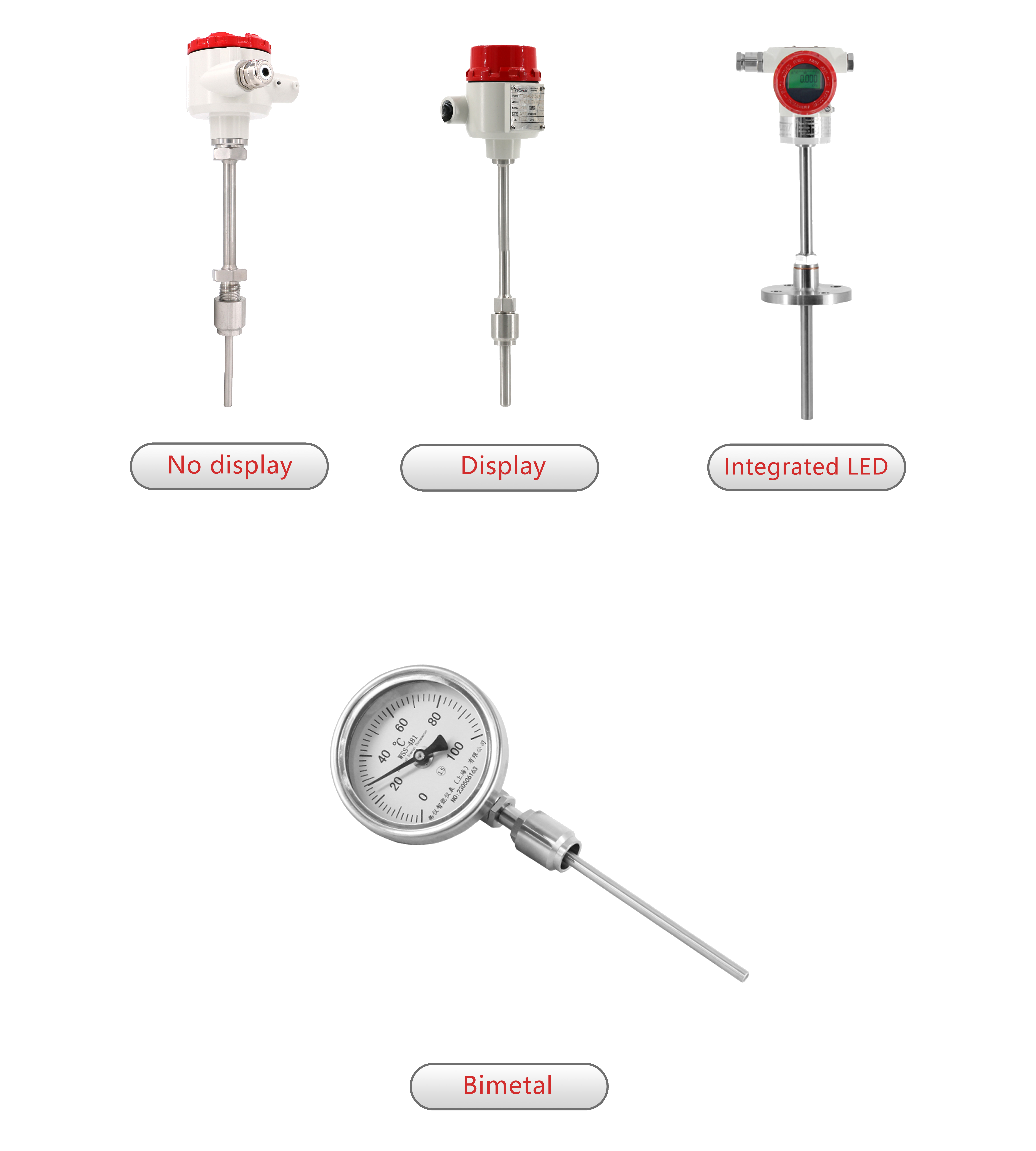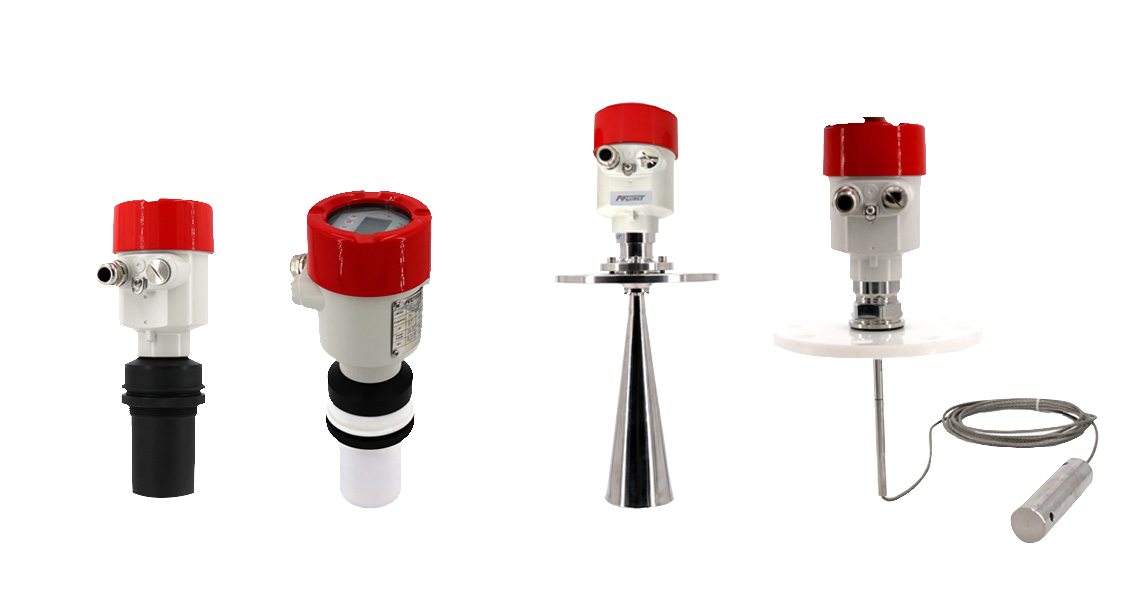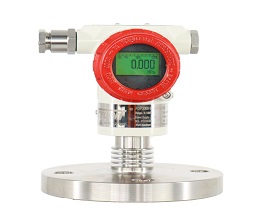
In the field of new materials, our pressure transmitters and level gauges have helped customers from Huayou Guangxi Times Innovative Materials Technology Co., Ltd. solve the difficulties encountered in the lithium battery material integrated intelligent manufacturing base project.
The development and production of new materials, including advanced composites, nanomaterials, biomaterials, and smart materials, are at the forefront of technological innovation. These materials promise to revolutionize industries ranging from aerospace to biotechnology. Precise and sophisticated field instruments and industrial measuring devices are crucial for the research, development, and quality control of these new materials. Here’s an overview of key instruments used in the new materials sector, organized under five subheadings:
1. Composition and Structural Analysis
Spectrometers: These instruments, including mass spectrometers and infrared spectrometers, are essential for identifying the chemical composition and molecular structure of materials. They provide insights into the material’s properties and potential applications.
X-ray Diffraction (XRD): XRD is a powerful tool for analyzing the crystallographic structure of materials, providing information on phase composition, crystallinity, and other structural parameters critical for new materials development.
2. Mechanical Property Evaluation
Universal Testing Machines (UTMs): UTMs are versatile instruments used to assess the mechanical properties of materials, such as tensile strength, compression strength, and elasticity. They are crucial for ensuring that new materials meet the required specifications for their intended applications.
Nanoindenters: For materials where understanding mechanical properties at the nanoscale is essential, nanoindenters provide precise measurements of hardness and elastic modulus, which are vital for the development of nanomaterials and advanced composites.
3. Thermal Analysis
Differential Scanning Calorimetry (DSC): DSC measures how a material’s heat capacity changes with temperature, providing critical information on melting points, glass transitions, and other thermal properties. This information is essential for processing and application of new materials.
Thermogravimetric Analysis (TGA): TGA measures changes in a material’s weight as it is heated or cooled, offering insights into composition, thermal stability, and moisture content. This analysis is crucial for materials intended for high-temperature applications or those sensitive to moisture.
4. Surface and Morphology Examination
Scanning Electron Microscopes (SEMs): SEMs provide high-resolution images of material surfaces, revealing details about morphology, topography, and composition. This information is crucial for understanding and manipulating the surface properties of new materials.
Atomic Force Microscopes (AFMs): AFMs can image, measure, and manipulate materials at the atomic and molecular levels, providing critical insights into the surface characteristics of nanomaterials and enabling the development of materials with tailored properties.
5. Electrical and Magnetic Property Measurement
Hall Effect Measurement Systems: These systems are used to characterize the electrical properties of materials, including carrier concentration, mobility, and resistivity. They are essential for the development of semiconducting and electronic materials.
Vibrating Sample Magnetometers (VSMs): VSMs measure the magnetic properties of materials, which is crucial for the development of magnetic materials used in data storage, electronics, and energy applications.
Conclusion
The development of new materials is a complex and multidisciplinary endeavor that relies heavily on advanced field instruments and industrial measuring devices. These tools enable researchers and engineers to analyze and understand the properties of materials at an unprecedented level of detail, paving the way for innovations that could transform industries and society. As the field of new materials continues to evolve, so too will the technologies and instruments that support it, driving further advancements and discoveries.

 Smart Pressure Transmitters
Smart Pressure Transmitters























